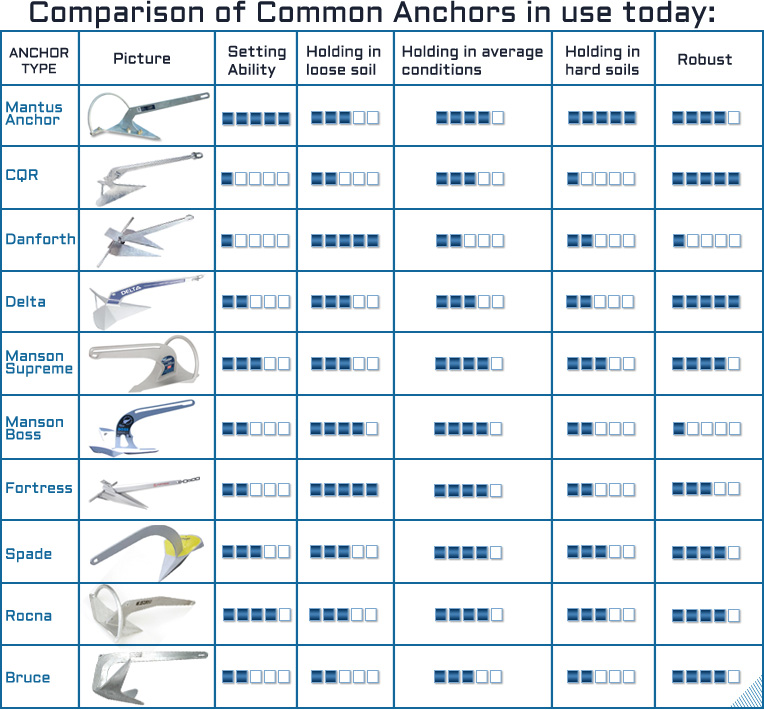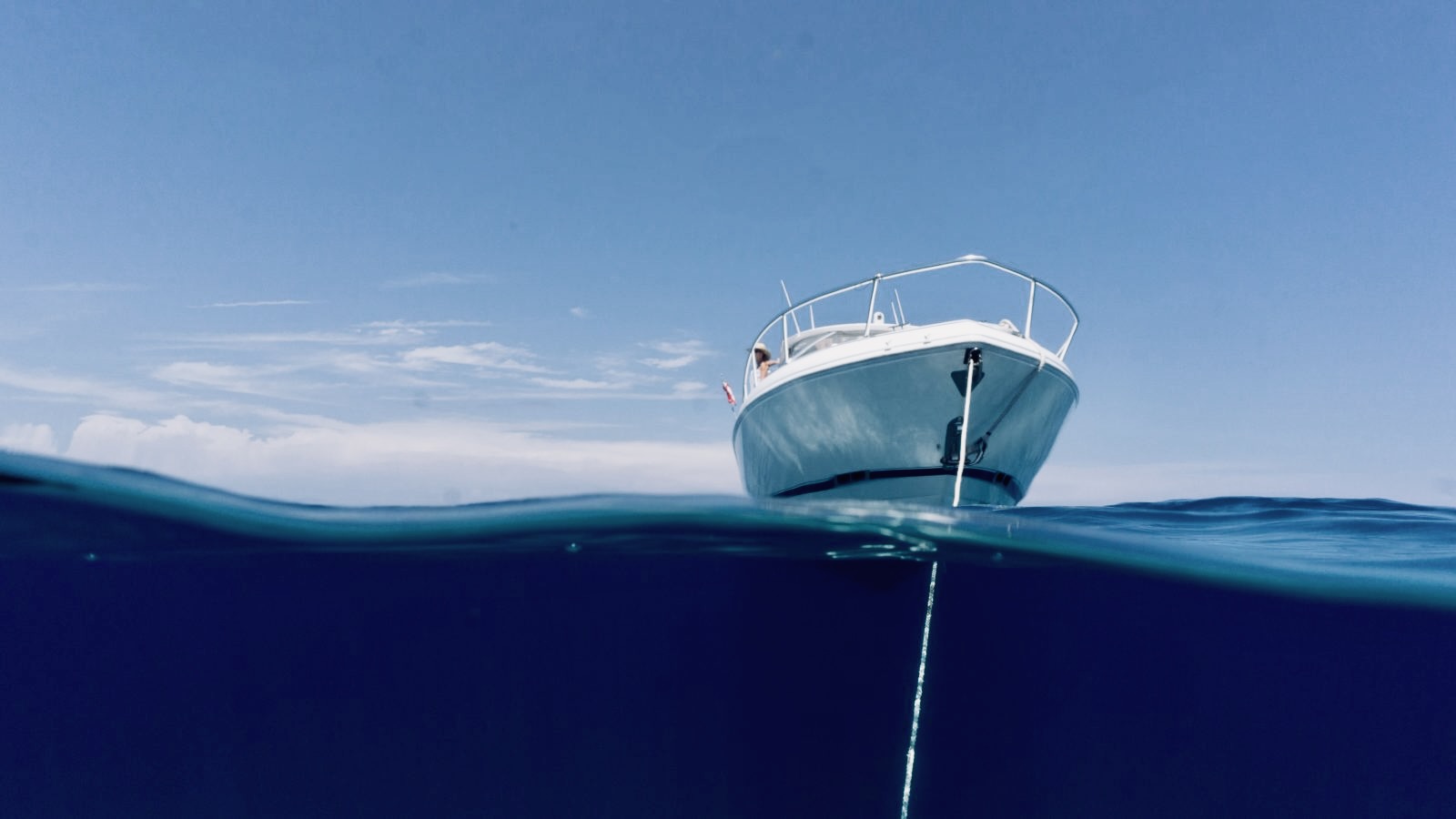Anchoring is the sole means by which we can bring our boat to a halt at our discretion. We may choose to do so for a brief respite, to partake in a meal, or to spend the night. The following are some guidelines that, if adhered to, will make the process effortless.
MAKE SURE YOU’RE TAKING ALL THE RIGHT STEPS TO PROTECT YOUR BOAT AND YOUR FELLOW BOATERS.
Dropping anchor isn’t rocket science, but it’s not as simple as you may think, either! Check out our list of common-sense tips to make sure you and your boat stay put and stay out of harm’s way.
1. First Things First
Make sure all hands, feet and fingers are safely away from the anchor, chain and windless before starting the process. When that chain starts to move, it can do a lot of damage to any delicate parts in its path.
2. Forces of Nature
When choosing a spot to anchor, consider the impact the tide and changes in the wind could have on your boat’s position. Don’t park so close to other vessels or obstacles that you risk a collision (even a slow one).
3. Anchor in the appropriate location.
It is imperative that you avoid anchoring in a fairway, a restricted area, Otherwise, we may anchor wherever we please.
4. Shelter
Under no circumstances should you anchor on a lee shore (where the wind is blowing towards the shore). If the anchor were to drag and you were unable to start the engine, it would be exceedingly difficult to sail to safety.
5. Depth
Will there be sufficient depth at low tide for our boat to float with an adequate safety margin? Do you have enough anchor cable to lay out at high tide?
6. Seabed
It is essential to ensure that the seabed provides suitable holding, such as mud, pebbles, sand, or broken shells. However, a rocky seabed less appealing.
7. Ground tackle
Modern anchors, such as Delta, Spade, Bruce, Rocna, Manson, Buegel, and Ultra, are incredibly powerful. There is nothing wrong with using the Plough or CQR. If you primarily use warp for your anchor cable, ensure that you have at least ten feet of chain between it and the anchor to allow for proper setting.
8. Scope
For an all-chain cable, lay out four times the depth, and for chain and warp, lay out six times the depth. The more cable you lay out, the better, as anchor chain is of no use if it is sitting in the anchor locker. Always allow an extra meter for the distance from the water to the bow roller.
9. Swinging room
Ensure that there is enough space for all boats to swing with the wind and tide. Before dropping the anchor, observe how other boats are positioned in the anchorage. Motorboats will lie to the wind, while light, high, topsided short-fin keel sailing boats will do the same. Heavy displacement boats will lie to the tide rather than the wind.
10. Display the appropriate signal
During the day, display an anchor ball, and at night, an all-round white light.
Boats typically drift back with the tide, allowing the anchor to set itself. However, some sailors express concern that if there is insufficient tide to push the boat, the anchor chain may castle (pile up on itself) on top of the anchor, impeding the set. While I have not personally experienced this issue, my eight-ton boat is pushed back by strong south coast tides.
To prevent chain piling up on the anchor, it is recommended to click the engine into and out of astern as the cable is veered. However, the key element to successful anchoring is knowing precisely how much chain/line is being paid out.
Other anchoring tips include calibrating the depth sounder and ensuring it is reading under keel clearance or depth of water. If the boat is snatching at the anchor, veer more cable or add a rope snubber tied to the chain with a rolling hitch. Always use a snubber to avoid strain on the windlass. To prevent the chain/line from jumping off the bow roller, add a split pin or lashing between the bow roller cheeks.
When the tide turns, anchors that bury themselves into the seabed will generally handle the turn without tripping. If they do trip, modern anchors such as Rocna and Manson will re-set themselves quickly. Delta, Spade, and CQR anchors should also re-set themselves. A kedge anchor, often a Danforth or Fortress type, can be used as a second anchor to the primary bower anchor on the bow.
It is crucial to never shackle the anchor chain to the boat. Instead, attach the bitter end of the anchor chain to the boat with a lashing or piece of rope to allow for quick cutting in case of emergency. If the anchor becomes stuck, try driving the boat over it or lifting it from different angles. If it cannot be retrieved, attach a buoy to the chain and mark the spot with the MOB function on the GPS for later retrieval.
In cases where the ground is uncertain, set a tripping line to pull the anchor out backwards if it becomes stuck. The buoy of the tripping line can be kept on board or allowed to float to indicate the location of the anchor to others.


